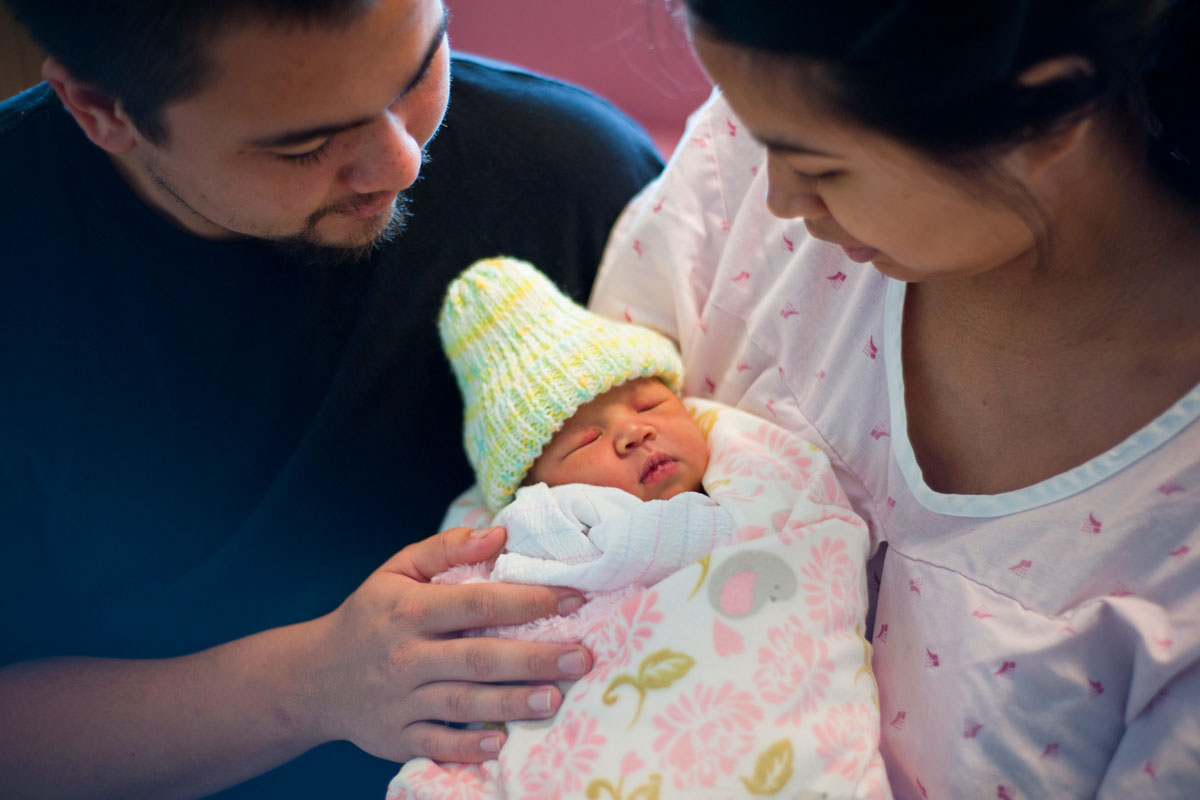
Cord Blood Banking: What New Parents Should Know
Cord blood banking is a relatively new trend that involves taking blood from a newborn’s umbilical cord and “banking” it for long-term storage.
The procedure is quick and completely safe to both mom and baby, yet can provide a potentially life-saving treatment.
Why cord blood? Cord blood is rich in stem cells. Stem cells have the ability to change into nearly any human cell and can be used to treat diseases such as leukemia, lymphoma, sickle cell anemia and more. They also can help a body recover from some cancer treatments like radiation or chemotherapy.
Parents can choose either to bank their child’s cord blood privately for a fee, keeping it available only to the family, or to donate it to a public bank for others to use. If parents decline to do either, the cord blood is discarded.
In Hawaii, cord blood is valued for its diversity and has saved more than 50 children throughout the world, many of whom benefitted from minority donors.
Hawaii is home to the Hawaii Cord Blood Bank, a public bank that collects blood samples that are later processed, stored and entered into the National Marrow Donor Program’s cord blood database.
Currently, there are not any private cord blood banks in Hawaii, so cord blood must be collected and sent to facilities on the mainland.
As with many other decisions expectant parents make, there is no right or wrong choice when it comes to cord blood banking. It’s important to weigh the options and make an informed decision that’s best for the family.
The Hawaii Cord Blood Bank is based out of Kapiolani Medical Center for Women & Children. For more information, call 983-BANK (2265) or visit hcbb.org.
Published on: March 21, 2015



